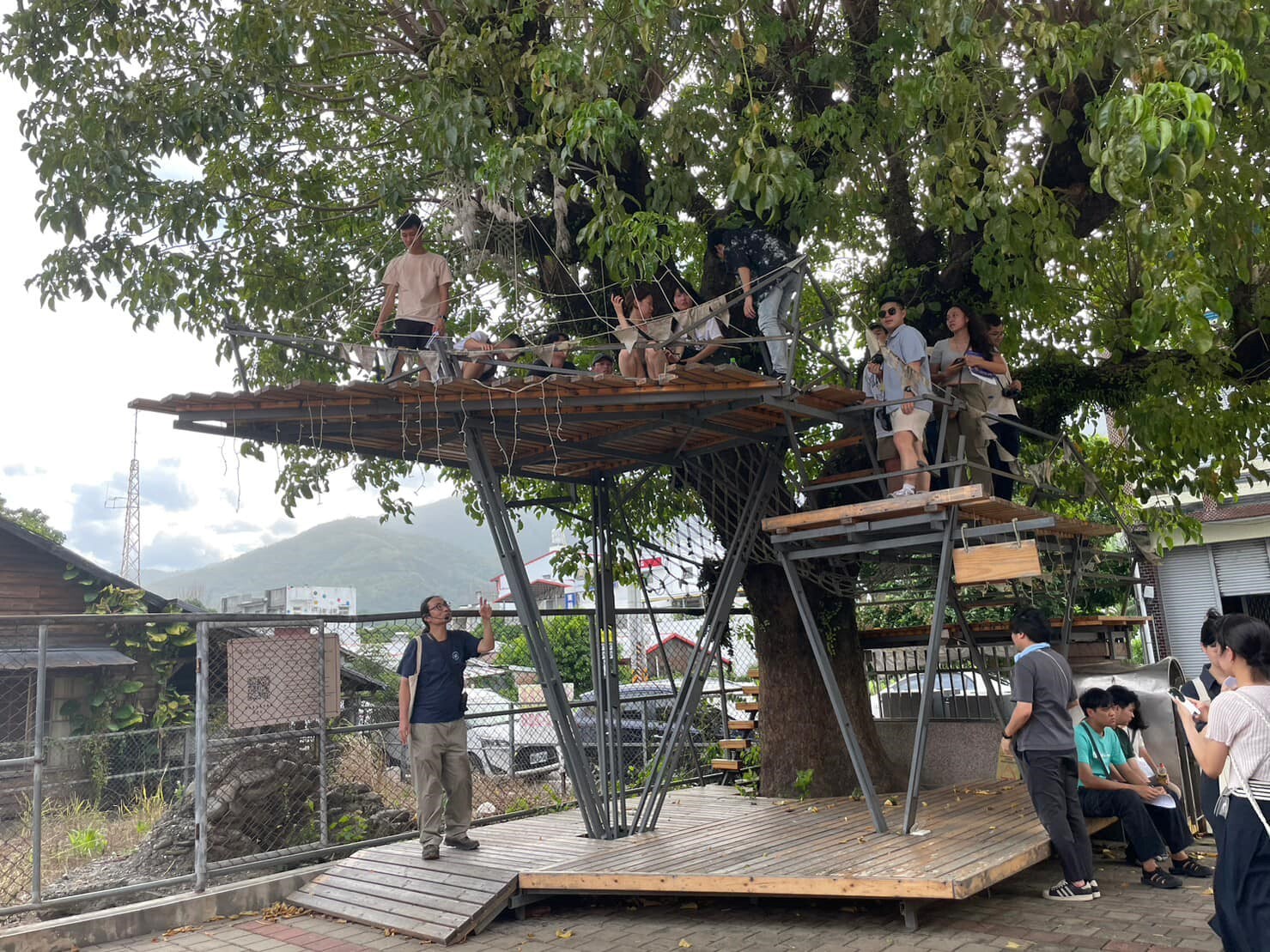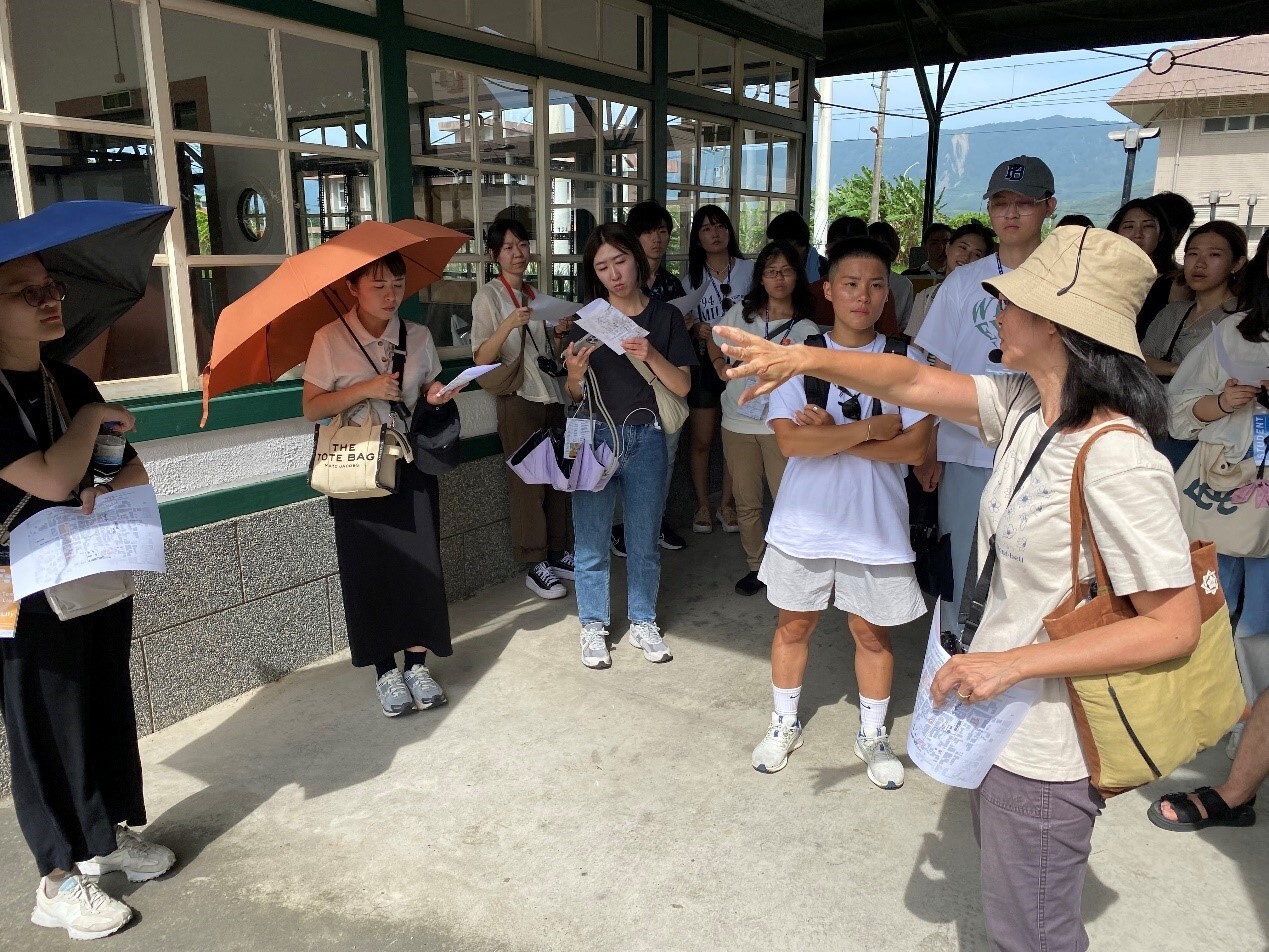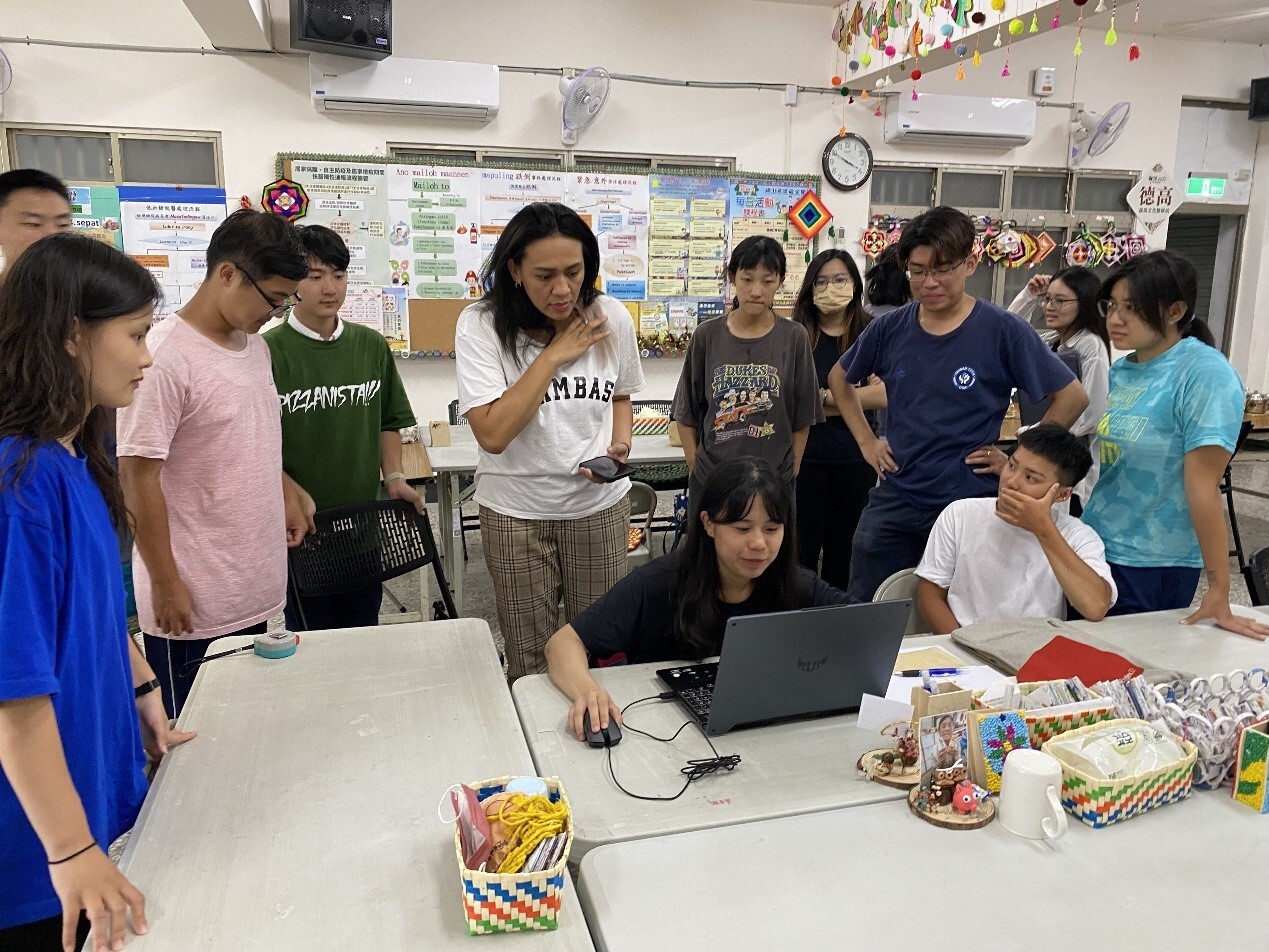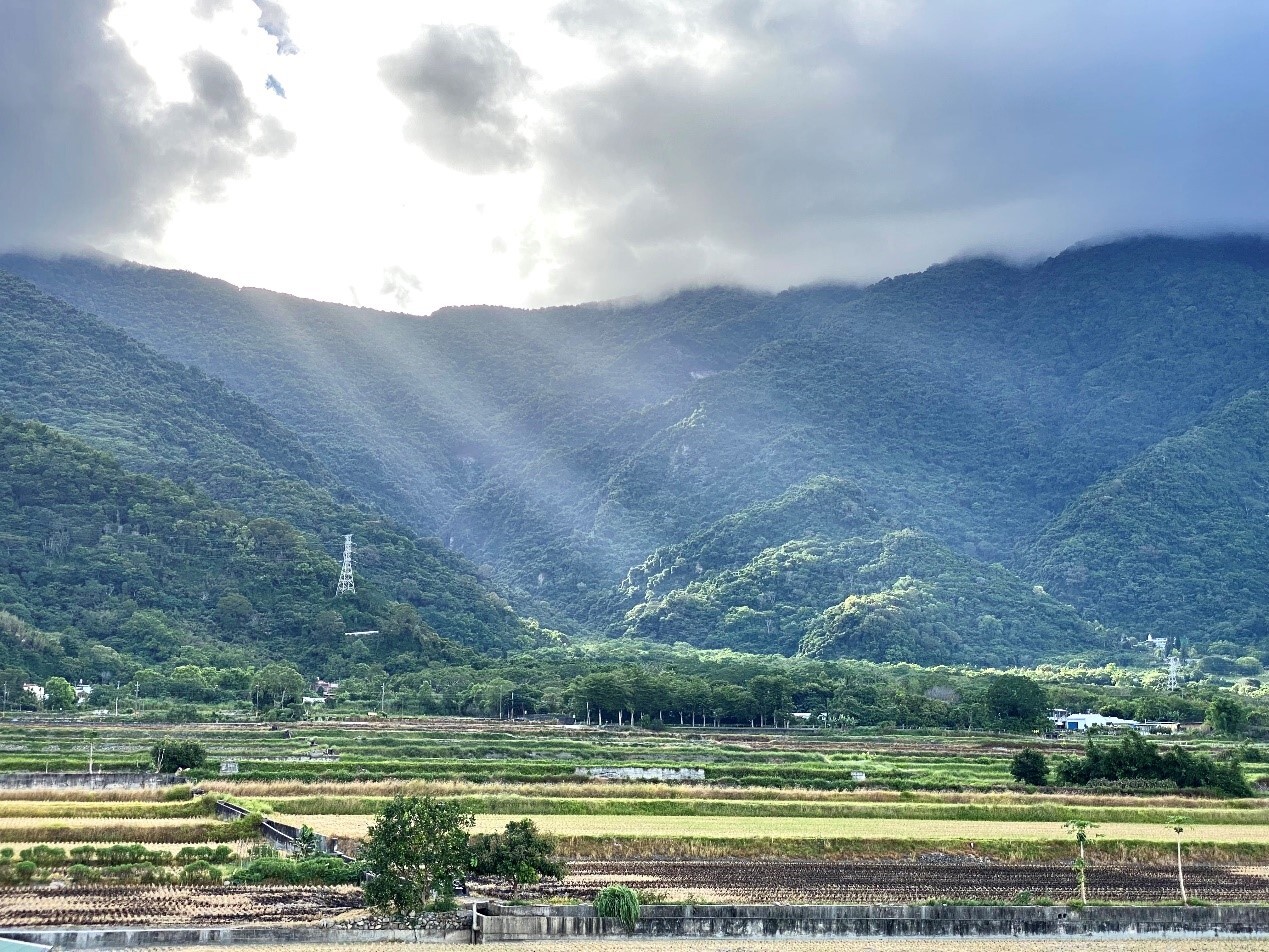Sustainable Architecture: Professor Yun-Shang Chiou on Cultural Preservation and Revitalizing Rural Communities
Professor Yun-Shang Chiou possesses a very diverse educational background, ranging from architecture and historic preservation to environmental engineering and building performance. With a strong commitment to sustainable design, his teaching and research explore the impact of technology on human and built environments, drawing from multi-disciplinary perspectives such as social network-complex system theory and industrial ecology. Chiou earned a PhD in Building Performance and Diagnostics from Carnegie Mellon University and a Master’s in Civil and Environmental Engineering with a focus on Green Engineering. He holds dual Master's degrees in Historic Preservation and Architecture from the University of Pennsylvania, laying the foundation with a Master’s in Environmental Engineering from National Chiao-Tung University and a Bachelor’s in Civil Engineering from National Taiwan University.
Q: You have a very diverse educational background. How have these various fields influenced your approach to research and teaching?
Chiou: During my undergraduate studies at NTU (1987-1991), I initially chose Civil Engineering, influenced by the prevailing belief that a technical background would ensure a successful career. However, in the late '80s, amidst Taiwan's budding democracy movement, I found myself increasingly drawn to “real world” issues rather than technical micro-solutions. This realization led me to shift from civil engineering to environmental engineering in my graduate studies, as I was aiming for a broader understanding of engineering's relevance to people's lives.
In the U.S. (1997-2009), I pursued Architecture and Historical Preservation, and I deepened my civil and environmental engineering expertise. A significant learning point was an "Engineering and Public Policy" course, which introduced me to the idea of involving all stakeholders in construction projects. I grasped the complexity of decision-making when accommodating diverse stakeholder demands. Returning to Taiwan, I have adapted these approaches to Taiwan's unique social and cultural context and integrated them in my teaching and research over the past 20 years.
Q: In your opinion, what are the most pressing challenges for sustainable architecture today?
 |
| Tree house of Guanshan Presbytarian Church, constructed by the USR I-Villages project |
 |
| Dr Wang Chen-shan 王珍珊explains the architecture of the old Guanshan train station to the workshop participants |
 |
| Taiwan Tech Students discussing the renovation of Amis’ Takufan tribal senior center with local partners |
 |
| The wooden stuctures around the turtle pond on Taiwan Tech campus are hugely popular |
Chiou: In my perspective, the essence of sustainability lies in a fundamental question: What actions must the current generation take to ensure that the next generation has the opportunity to lead a fulfilling life? As an architect, my approach to sustainability centers on two core elements: people and materials.
Sustainable materials, in my view, don't necessarily need to last "forever." I advocate for designing semi-temporary structures that utilize organic materials such as wood, bamboo, or recyclable materials. These materials have a shorter lifespan, typically needing replacement every 10 to 20 years—a principle adopted by structures in aboriginal communities, Japan, and other Asian countries. The crucial criterion is the balance between regrowth and lifespan. If regrowth outpaces the lifespan, the material is deemed sustainable. This may also hold true for imported wood, even when the environmental cost of the shipping process is included in the calculation. Regrettably, this concept is yet to be fully incorporated into modern building codes, both in Taiwan and globally, which often favor a one-time investment for structures presumed to be long-lasting.
Addressing the human aspect, sustainability can only be realized when there are individuals passing on knowledge about handling these materials, possessing expertise in specific construction techniques, and managing buildings constructed from such materials. We run the risk of losing invaluable skills and knowledge.
Q: You have been involved in Taiwan Tech’s longest-running USR projects, i.e. the ”I-Villages project” in Guanshan, a multi-ethnic community in Southeast Taiwan. Please tell us a bit about this project.
Chiou: I became involved with Guanshan quite by chance in the year 2015 through an architecture preservation project in which I documented the Jiabin Hotel built in 1940. My efforts played a role in preserving this historic establishment and marked the beginning of my connection with this community.
The most significant achievement of the Guanshan project lies in bringing students to the community over eight years. During their stays ranging from two weeks to several months, they immerse themselves in the rural environment, with some becoming integral parts of the local community. The students are almost embraced as family by the locals. For teachers like me, things are more complex. The deeper you delve into a local project, the more you will give up the role of a detached scholar; involvement erodes that distance. But you have to carefully navigate diverse expectations and avoid political issues. It takes time and a lot of patience to gain trust of the community.
Q: You facilitated an international design workshop with five partner universities in August 2023 in Guanshan. How was this experience?
Chiou: The East Asia Urban and Architectural Design International Workshop is a cherished tradition that unites sister architecture departments in Taiwan, Korea, Japan, Thailand, and China. We are fortunate to enjoy the strong support of the founding professor and the current department chair, I-Shi Chiu 邱奕旭, in organizing the 2023 workshop in Guanshan which marked a significant milestone in introducing Guanshan to the world. Thirty-four students, guided by 15 instructors, formed five mixed teams to delve into design opportunities for the revitalization of Guanshan.
While unique, Guanshan's challenges offer global points of reference. Rural communities worldwide grapple with decay and abandonment, as the younger generation migrates to urban centers in pursuit of better opportunities. But the loss of cultural traditions touches people’s hearts, and a collective sense among participants that we must advocate for the preservation of rural life. The trust and bonds developed over the years allowed for introducing outsiders to Guanshan without feeling like intruders. Involving local people in decision-making is essential, even if it means occasionally having our suggestions disregarded.
Q: You launched wooden structure projects on Taiwan Tech campus which turned out to become hugely popular. What ideas do you have to further improve our campus?
Chiou: I believe the best way to change the world starting from improving our surroundings. The wooden structure project is a pedagogical mean to learn about the true value of architecture. It teaches us about site, people, materiality, craftsmanship, negotiation, aesthetics and, above all, place making. The success story of turtle pond intervention shows that the university campus holds immense potential as an experimental ground for inclusive space planning processes that engage various stakeholders. There's optimism in the Taiwan Tech that more participatory approaches will become increasingly prevalent in campus planning and development.





